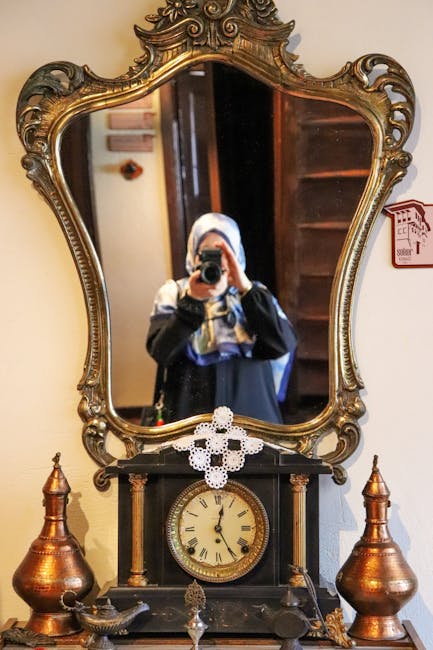Mixing Metals in Indoor Decor: From Bronze Fixtures to Gold Frames and More
Introduction
Mixing metals in interior design is no longer a taboo; it’s a sophisticated way to add depth, dimension, and personality to your home. From the warm glow of bronze fixtures to the shimmering elegance of gold frames, combining different metallic finishes can create a visually stunning and uniquely personalized space. This guide explores the art of mixing metals, providing tips and inspiration to help you confidently incorporate this trend into your own decor.
Mixing Metals Like a Pro
Understanding the Undertones
Before diving into mixing metals, understanding their undertones is crucial. Metals generally fall into two categories: warm and cool.
- Warm Metals: Gold, brass, copper, and bronze tend to have warm undertones, radiating a cozy and inviting ambiance.
- Cool Metals: Silver, chrome, and stainless steel have cool undertones, providing a modern and sleek aesthetic.
Consider pairing metals with similar undertones for a cohesive look, or intentionally contrast them for a more dramatic effect.
The 60-30-10 Rule for Metals
Just like with color, the 60-30-10 rule can be applied to mixing metals. This means:
- 60% – Dominant Metal: Choose one metal to be the primary focus. This could be the finish on your cabinet hardware, light fixtures, or large furniture pieces.
- 30% – Secondary Metal: Select a second metal that complements the dominant one. Use it in smaller accents like picture frames, vases, or smaller light fixtures.
- 10% – Accent Metal: Add a pop with a third metal in very small doses. This could be in decorative objects, candle holders, or even the legs of a side table.
This ratio helps create a balanced and visually appealing space.
Creating Contrast and Harmony
The key to successfully mixing metals is finding the right balance between contrast and harmony. Consider these tips:
- Introduce Texture: Mix smooth and textured metals for visual interest. For example, pair polished chrome with brushed brass.
- Vary Finishes: Different finishes like matte, satin, and polished can add depth and complexity to your metal mix.
- Repeat Metals Throughout the Room: Carry the chosen metals through different elements in the room to create a sense of cohesion.
- Consider the Room’s Style: Your overall decor style should influence your metal choices. A rustic farmhouse might favor bronze and copper, while a modern minimalist space might lean towards stainless steel and black.
Practical Examples of Mixing Metals
Here are some examples to inspire your own metal mixing endeavors:
- Kitchen: Stainless steel appliances with brass cabinet hardware and bronze pendant lights.
- Bathroom: Chrome fixtures with gold-framed mirrors and brushed nickel towel bars.
- Living Room: Silver coffee table with brass lamps and copper accents in decorative objects.
- Bedroom: Black iron bed frame with gold bedside lamps and silver picture frames.
Where to Start: Small Metal Accents
If you’re hesitant to commit to a large-scale metal mixing project, start small! Introduce mixed metals through accessories like:
- Picture frames
- Vases and decorative bowls
- Candle holders
- Throw pillows with metallic accents
Experiment with these smaller elements to get a feel for which metal combinations you love.
Conclusion
Mixing metals in interior decor is an exciting way to personalize your space and create a unique, sophisticated look. By understanding undertones, applying the 60-30-10 rule, and paying attention to contrast and harmony, you can confidently incorporate this trend into your home. Don’t be afraid to experiment and have fun – the possibilities are endless!














Post Comment